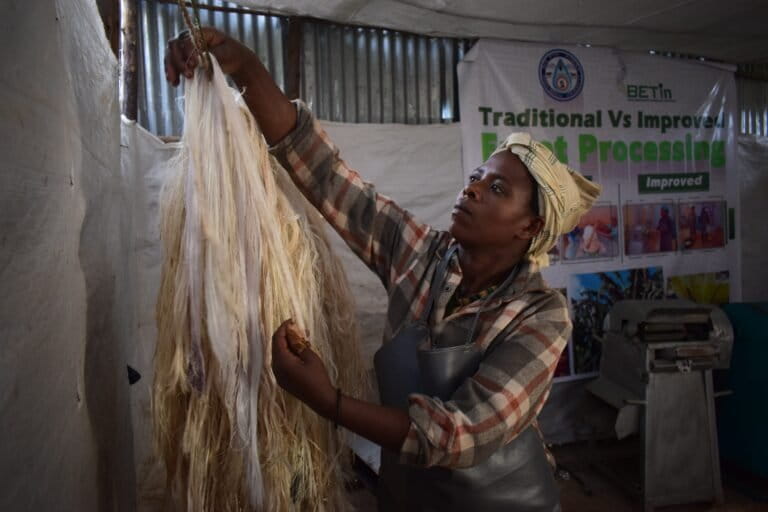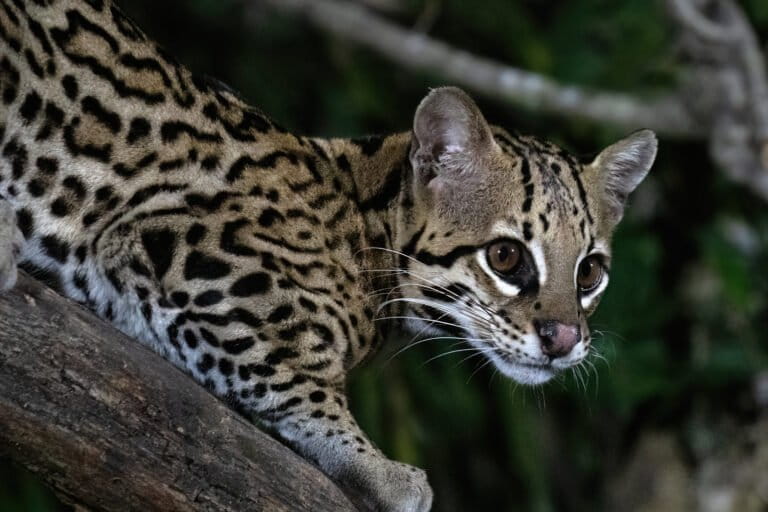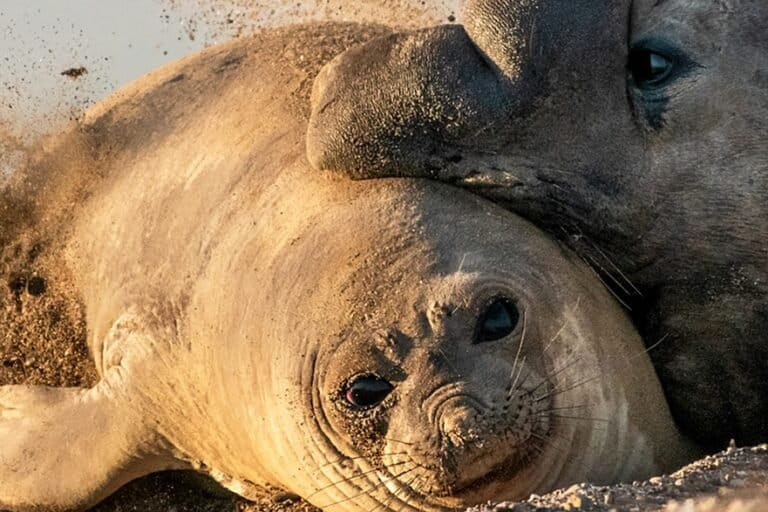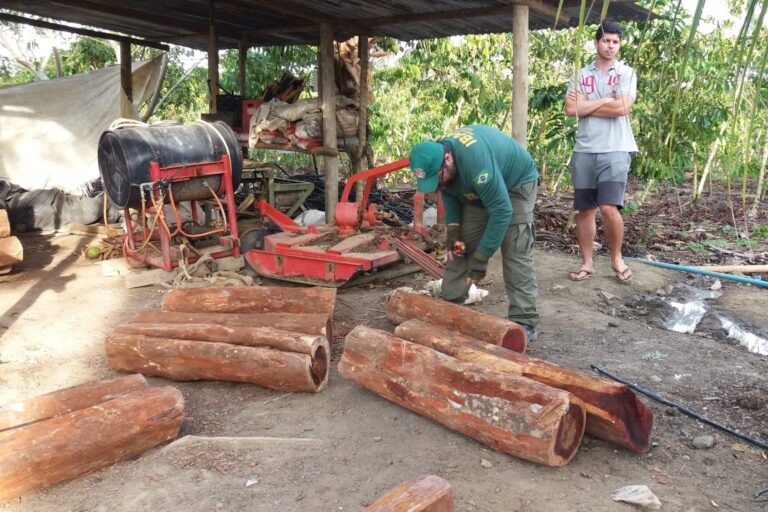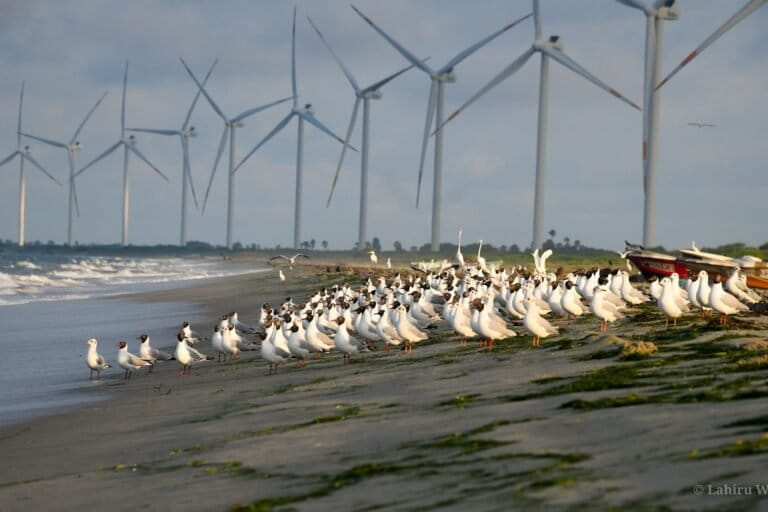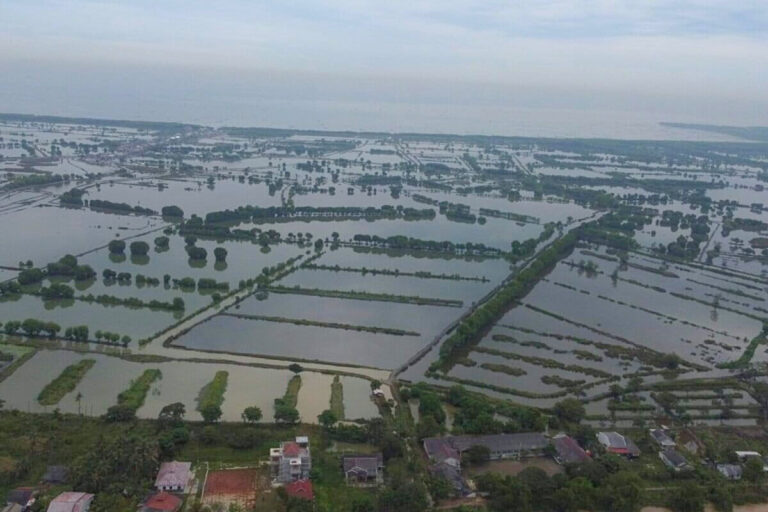- The third edition of the Satellites for Biodiversity Award has been announced by the Airbus Foundation and the Connected Conservation Foundation.
- The award, launched in 2022, aims to encourage the use of satellite data for wildlife monitoring and biodiversity protection.
- Winners will receive access to Airbus Foundation’s high-resolution satellites; they will also receive funding and technical support.
- The winners of the second round included conservation projects that used satellite data to track chimpanzees, bears, wolves and rhinos in order to protect their habitats in South Sudan, Peru, Ethiopia and Nepal respectively.
The Airbus Foundation and the Connected Conservation Foundation have announced the third edition of the Satellites for Biodiversity Award, which aims to encourage the use of cutting-edge satellite data to monitor and protect biodiversity.
The two organizations have called for applications from individuals as well as nonprofit organizations around the world that use satellite imagery to address habitat loss and protect wildlife. Three winning projects will receive access to Airbus’s Pléiades and Pléiades Neo satellites, which will provide images with resolutions of up to 15 centimeters (6 inches).
“For the first time, we can capture landscape imagery at an extraordinary 15 cm resolution, providing field projects with unparalleled detail and insights into the factors affecting animal populations and ecosystems globally,” Sophie Maxwell, executive director of the Connected Conservation Foundation, said in a joint press statement. Winners will also receive $6,000 in funding, technical support, as well as access to ArcGIS Pro, a data visualization and analysis software developed by Esri.
The U.K.-based Connected Conservation Foundation works to connect local communities with technology for wildlife conservation purposes. In 2022, it teamed up with the Airbus Foundation, the philanthropic arm of the European aerospace company, to launch the Satellites for Biodiversity Award. According to the press statement, the two organizations aim to “leverage very high-resolution satellite data with machine learning and community engagement, to monitor and safeguard the Earth’s most vulnerable creatures and environments.”
The four winners of the previous round were international conservation NGO Fauna & Flora International, Peruvian nonprofit Conservación Amazónica–ACCA, Thailand’s Chulalongkorn University, and conservation charity the Zoological Society of London. Their work ranged from using satellite data to protect chimpanzees (Pan troglodytes) and African forest elephants (Loxodonta cyclotis) in South Sudan, to mapping the habitats of Andean bears (Tremarctos ornatus) in Peru. Earlier this year, Maxwell told Mongabay that the four winners worked with local communities and government entities to “focus on promoting human-wildlife coexistence.”
Since the awards were launched, Maxwell said, she has seen a synergy between data sets gathered from the ground and remote-sensing data obtained through different technologies. “This combination is facilitating science-based tracking, monitoring, and assessment of nature risks and investment impacts. This is a turbo-charging mechanism for change,” she said.
The two organizations are inviting proposals for the third edition of the Satellites for Biodiversity Award until Dec. 18, 2024. The application form can be found here.
Banner Image: The Lorian ecosystem in Kenya from space. The Connected Conservation Foundation and the Airbus Foundation are currently accepting proposals for an award to support the use of satellite imagery for biodiversity conservation. Image courtesy of the Airbus Foundation.
Abhishyant Kidangoor is a staff writer at Mongabay. Find him on 𝕏 @AbhishyantPK.







